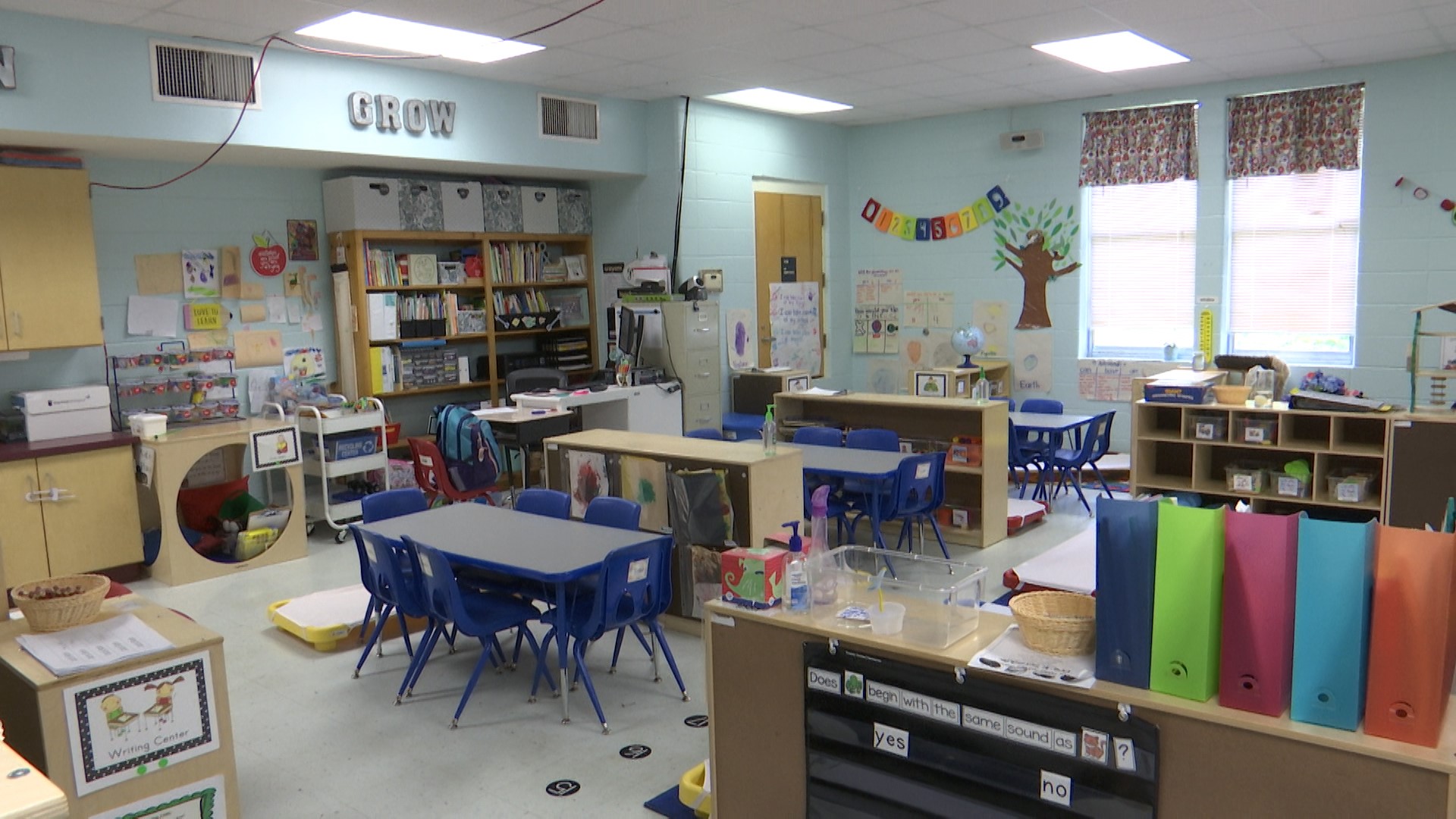Early education advocates are trying to fix the problem of not enough Pre-K classrooms for Alabama’s children.
They’re pushing lawmakers to keep $25 million in the education budget for Pre-K expansion. They met with several legislators Monday in Lauderdale County.
At Underwood Elementary there are 100 kids on the wait list for the Pre-K program. Advocates say this is normal across the state, but must change to give kids a better chance at success. According to the Alabama School Readiness Alliance, about 70 percent of the state’s four-year olds can’t go to First Class Pre-K because of the amount of money the state spends on education.
They report every dollar invested in Pre-K saves $7 down the line.
“Students that attended high-quality Pre-K were less likely to rely on costly social welfare programs as adults, they were more likely to be employed,” said ASRA Executive Director Allison Muhlendorf.
Reports show kids who go through Pre-K score higher in reading and math and are less likely to be chronically absent.
The $25 million would turn into almost 200 new Pre-K classrooms. In Lauderdale County three new ones opened this school year. Muhlendorf says that meant one child’s issue could be fixed instead of being remedied after becoming a larger problem.
“At four years old he was having a hard time communicating and speaking, but throughout the school year he kept developing and developing his speech,” she said. “And [his mother] talked to one of the special education coordinators and asked, ‘Does he need speech therapy?’ And she said, ‘Absolutely not. He has grown so much in First Class Pre-K that that problem has totally taken care of itself.'”
A senator touring the classrooms says it’s a good time to invest.
“We’ve had a turn in the economy and our budget is improving,” said State Senator Tim Melson (R, District 1).
The education budget increase goes before the Senate committee this week.
Alabama’s Pre-K program was awarded first in the country for quality. The Governor’s budget proposal also includes $75 million more to four-year public colleges and universities.


